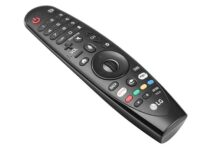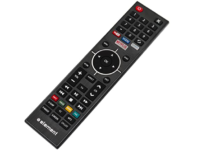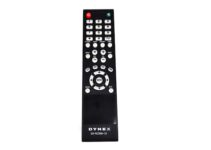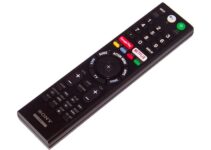You must wear gloves while cleaning corrosion as the battery leakage might irritate your skin. Supplies needed to clean the corrosion:
- Vinegar or lemon juice.
- A cotton swab or an old toothbrush
- A ball-point pen.
- A Dry cloth
- 150-grit sandpaper
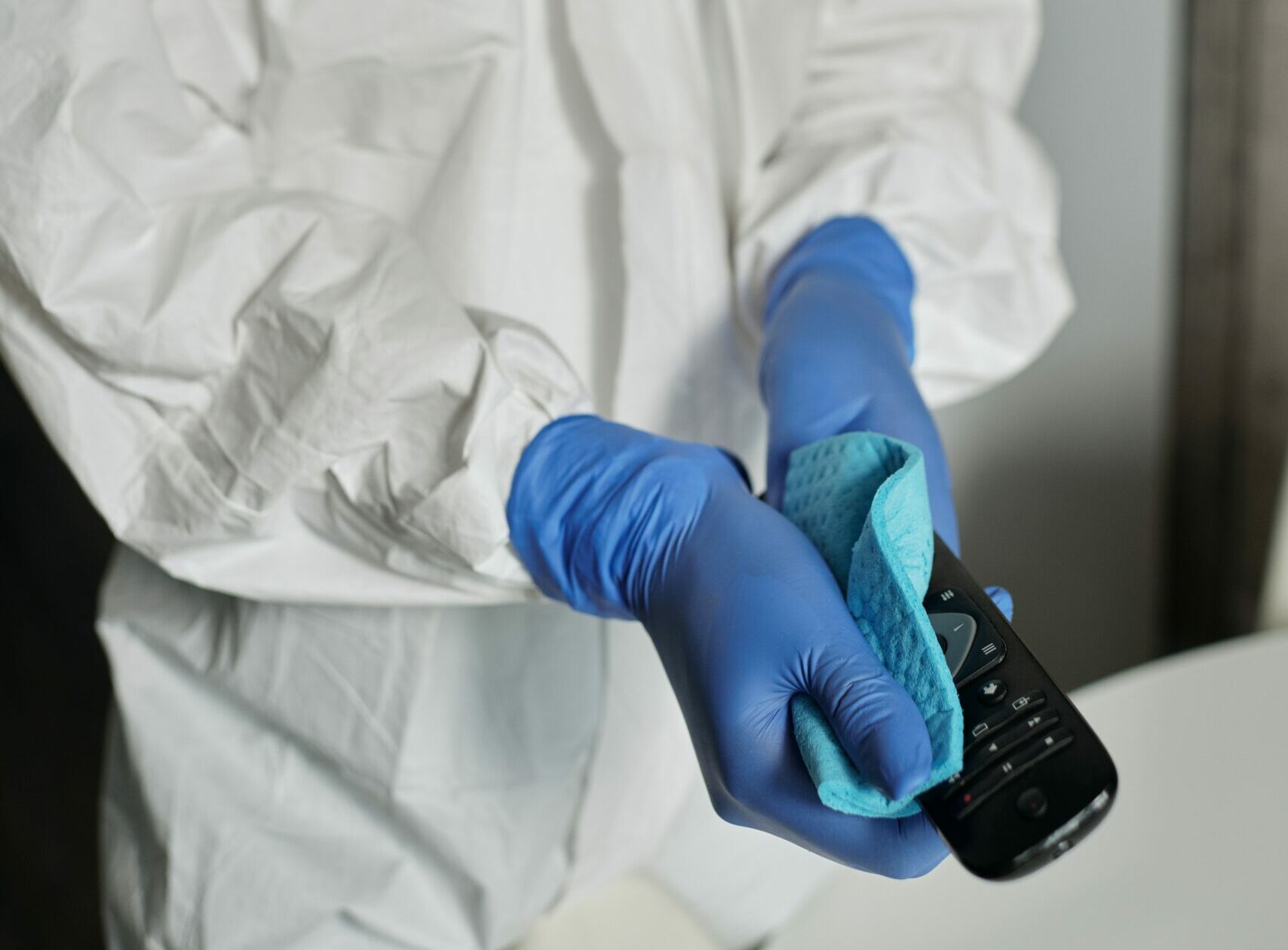
Introduction
As families started spending more time in the family room instead of chilling in their ways, especially during and after the covid period, TV has become one of the major sources of entertainment more than ever. But many causes can interrupt your family time during watching a movie or match together. One of the common causes is battery corrosion, and as a result, the remote will stop working all of a sudden. This mainly happens when the remote has been sitting for a long time.
Instead of ordering a new remote or waiting for someone else to clean the mess up, you should clean up the battery corrosion in your remote control. It is one of the easiest and simplest tasks one can ask for. With some simple steps, you can easily clean this up, and the remote will be as clean as a new one.
Eight Steps to Get Rid of Battery Corrosion:
If you suddenly find out that the remote is not working, and you want to clean the corrosion of your batteries and make them work again in no time, here are eight steps described just for you.
Step 1: Remove the Battery Door
First, you need to remove the battery door to get rid of battery corrosion. There are mainly two types of remote, one that has a release button and the other with a locking tab. If your remote is one with the locking tab, you may need to push the lock of the tab to its left and then hold it there. The next step is to simply pull out the door while holding down the tab.
On the other hand, if you are dealing with a release button remote, you may need to insert the tip of some sharp object, such as a ball-point pen supposedly in the left side of the battery lock system, and push it to its right. Finally, you can pull the batteries while you are still holding the pen. However, if you are not convinced by these two techniques, you can always look out for solutions in the manual.
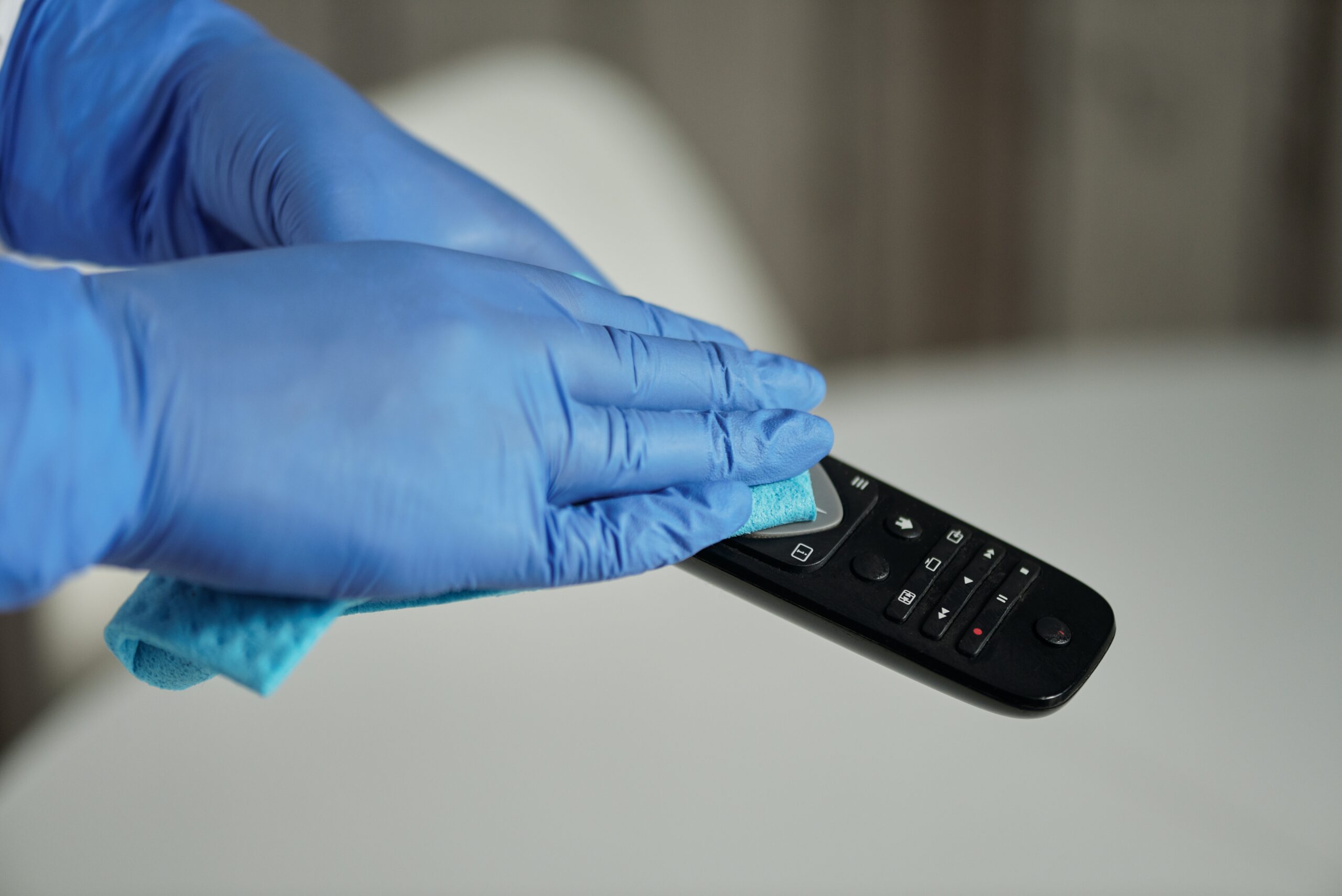
Step 2: Remove the Batteries
After successfully removing the battery door, you will have to pull the batteries out of the remote. You must put the batteries in a safe place away from the reach of children and dispose of them as early as possible.
Step 3: Spray Vinegar or Lemon Juice on the Corrosion
If you have alkaline batteries, they are known to leak some base fluid. Alkaline batteries are the most common type of battery. As the fluid is alkaline, it can be easily treated with Vinegar or Lemon Juice. The acidic pH of Vinegar or Lemon Juice will help neutralize the basic fluid leaked by the alkaline batteries, mostly due to depreciation and deterioration. You can squeeze or spray Vinegar or Lemon Juice, targeting all the spots that have been corroded.
Step 4: Spread the Vinegar or Lemon Juice Around the Remote
You can simply use a cotton swab to disperse the Vinegar or Lemon Juice around the remote, especially the corroded spots. Remember that the acidic liquid must also neutralize the corrosion when the fizzing stops. You can also use Isopropyl alcohol.
Step 5: Corrosion Scrubbing
The next step is the scrub the corrosion away. You can use a cotton swab to scrub it off. You can also use an old toothbrush or a wire brush too. Vinegar or Lemon Juice is going to make it very easy to scrub stubborn corrosion spots with a cotton swab or a toothbrush.
Step 6: Corrosion Wiping
You can use a dry cloth to wipe the corrosion off. Follow these steps:
- Carefully inspect for any corrosion spots left on the remote batteries.
- Wipe it off with the help of a dry cloth.
- Inspect the battery chamber of the remote once again and use a newspaper this time to wipe off any residue that has been left.
- Wait until the remote is completely dry, and check around one last time for any residue that could have been left by mistake. Don’t forget to scan the battery door as well.
Step 7: Clean the Electrical Contacts
The next step is cleaning the electrical contacts off. For this purpose, you may need 150-grit sandpaper. With the help of sandpaper, you can clean the remaining corrosion or white residue. But be careful about not messing with the clean spots. There might be some areas that are not easy to reach. In that case, a metal file can come in handy.
Step 7: Install New Batteries
The last and final step is installing the batteries. As you are done with cleaning the corrosion, you can finally install new batteries into the battery chamber. And replace the door of the battery. After installation, test the batteries to see if they are working or not.
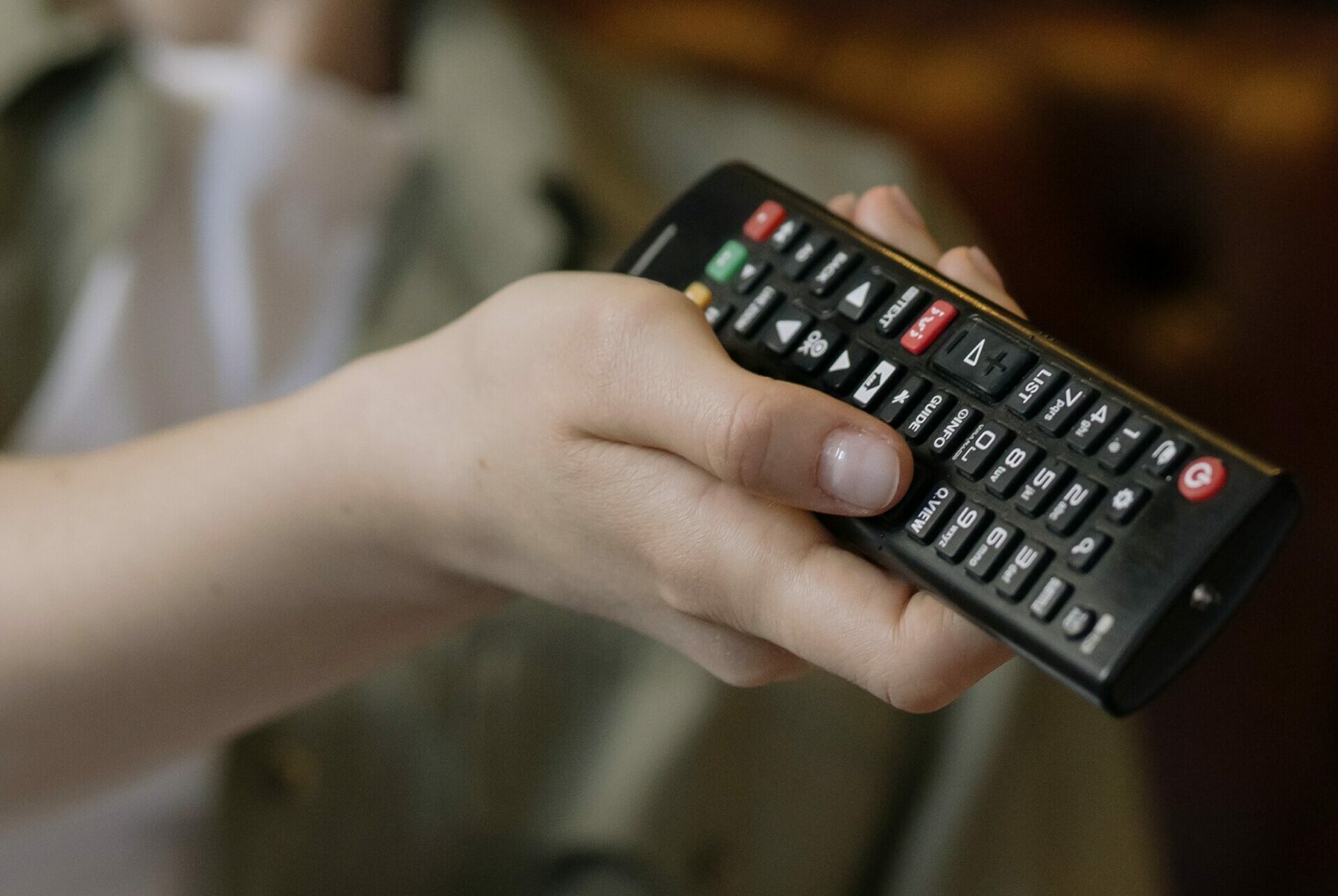
Frequently Asked Questions
Q: What Causes Battery Corrosion?
A: Battery corrosion in the remote control is mainly due to the hydrogen gas that has been released from the acid in the battery being mixed with other elements of the atmosphere. Even the best batteries are prone to damage and corrosion.
Q: What ingredients do you need to clean the battery corrosion?
A: The ingredients you will need to clean the battery corrosion are a Cotton swab, Vinegar or Lemon Juice, a dry cloth, and a ball-point pen.
Q: How long is the process going to take?
A: You may need to spend as long as ten minutes in this process, starting from removing the batteries to disposing of damaged batteries and installing new ones.
Conclusion
After cleaning the corrosion, most electronics are safe to be used. But in some cases, corrosion can permanently damage electronic compliances to the point that you can not use them anymore. So, make sure you check for corrosion of your remote control from time to time, and as soon as you detect any, don’t delay. The first step to prevent corrosion is to avoid using experienced batteries. In case you need more assistance, feel free to check out our other articles!

